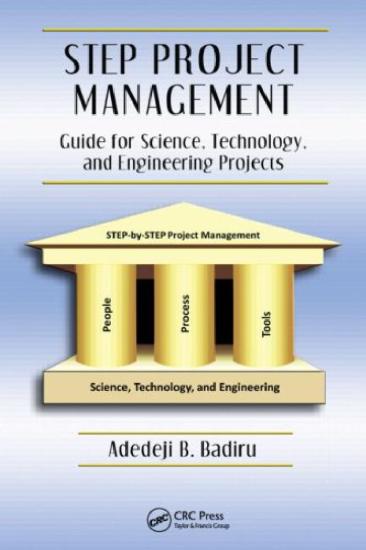
Rating: Not rated
Tags: Project Management, Lang:en
Summary
While the project management body of
knowledge is embraced by disciplines ranging from manufacturing
and business to social services and healthcare, the application
of efficient project management is of particularly high value
in science, technology, and engineering undertakings. STEP
Project Management: Guide for Science, Technology, and
Engineering Projects presents an integrated, step-by-step
approach to managing projects in these complex areas, using the
time-tested concepts, tools, and techniques of the Project
Management Body of Knowledge (PMBOK?). STEP is an acronym for
Science, Technology, and Engineering Projects, and also serves
as a mnemonic reference to the step-by-step approach of the
book. This volume takes an approach that combines managerial,
organizational, and quantitative techniques into a logical
sequence of project implementation steps. The book begins by
exploring the special methodology imperative for managing these
types of sophisticated projects. It then delineates the major
steps involved in project integration. The author discusses the
management of scope, time, cost, quality, human resources,
communications, risk, and procurement. Then, using a compelling
case study that profiles the errors leading to the 1986
Challenger disaster, the book examines how flaws in
decision-making, failure to consider all factors, lack of
communication, and inappropriate priorities can lead to
catastrophe. In today's fast-changing IT-based, competitive
global market, success can be even more elusive and hard won.
Effective project management in all facets of operations can
give an enterprise the advantage it seeks. In this book, the
author's direct writing style, designed to appeal to busy
professionals, conveys the complex concepts of high-stakes
project management in a simple, efficient manner. He provides a
general framework that shows what needs to be done to manage
complex projects, using steps that are flexible, expandable,
and modifiable.